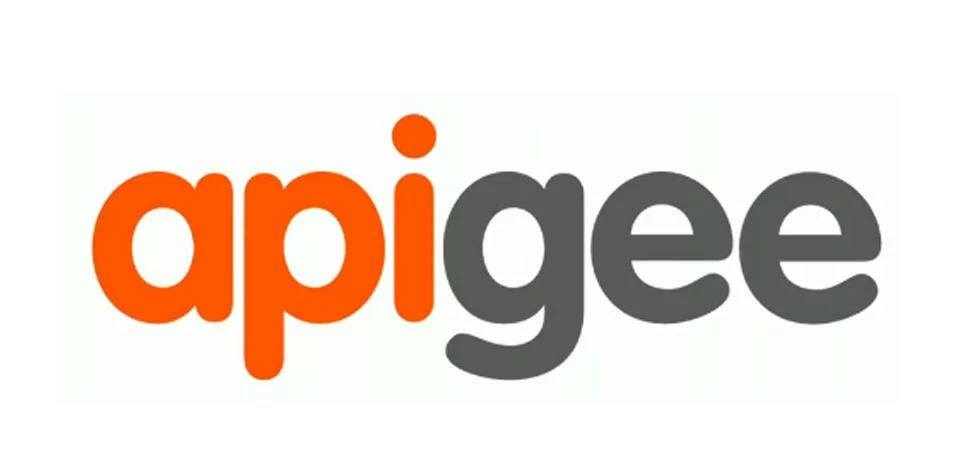
Partner Article
Making customers count with predictive analytics and APIs
By Denis Dorval, VP EMEA, Apigee
How to lose money and alienate customers
Imagine the scenario. You own a clothes shop and you’ve just sent a customer an email with a great discount on a new jacket. The problem is, two days ago, she used your mobile app to buy that same jacket at full price. Now you have annoyed your customer.
All’s not lost though, as later that day, the same customer is walking home past one of your high street stores. This offers the perfect opportunity to make amends by sending her a promotional offer directly to her mobile for a discount on a pair of shoes she’d previously been looking at on your website. However, you don’t have that level of insight into her whereabouts, so you’re not able to send her a notification. That’s a missed opportunity for a sale.
We live in a mobile first world, in which we are in constant contact with brands across multiple devices and touch-points – from browsing their website on your tablet to looking up prices on their mobile app. But no matter what device or digital service a customer is using, they have come to expect that experience to be richly integrated and demonstrate a deep understanding of them as an individual consumer.
Traditional approaches towards gaining audience insight are not enough anymore. Statistical tools or rule-based systems which divide customers into a few large demographic groups based on a limited number of attributes (such as gender, age and location) are outdated. With these tools, businesses will find themselves targeting the wrong consumers with the wrong information – leading to frustrated and alienated customers.
In a recent survey around personalised marketing, 70 per cent of respondents reported feeling that “attempts at personalisation are superficial.” This is often as a result of companies using outdated technologies to segment their customers and sending them all irrelevant marketing material, which comes across as half-human, half-machine.
Time to get personal
For a brand to succeed in today’s marketplace, it must avoid viewing consumers in broad, homogenous segments. A brand must instead make sure it is engaging with each potential customer on an individual and personal level, ensuring that communication – be it marketing material or promotional offers – is uniquely catered to that person.
To achieve this, businesses need to unlock the power of applications programming interfaces (APIs) and big data. Each time a customer interacts with a brand’s digital service is an opportunity to learn more about them. Through the use of APIs, business can capture customer data from each digital interaction, granting them real-time, detailed insight. And when a company is tracking that entire journey, the order of events is important. What did a customer do after receiving a promotional offer by email, or how long did they spend browsing before purchasing, or where are they when they are most likely to look at a company’s app?
Once a business develops this deeper understanding of customer behaviour across all its channels, it can start to anticipate that customer’s individual needs or actions. Businesses can use tools such as predictive analytics to craft targeted experiences for their customers based how they have acted in the past and how they are likely to act in the future. For example, a retailer could send a promotional offer to a customer when they pass a physical store for an item they might like based on their purchase history, increasing the likelihood of them going inside to purchase it. Indeed, 85 per cent of consumers are attracted to individualised offers that reflect their previous purchases.
But opportunities don’t just exist within retail. A telecommunications company, for example, could use analytics to identify users who are near the expiry date of their mobile contract, determine if they are a user who is likely to renew early based on their previous history and send them a notification with a limited time renewal offer.
Staying ahead of the competition
The Apigee Institute’s recent UK Digital Business Snapshot report revealed that 79 per cent of UK businesses have seen a fundamental shift in customer expectations due to the digitisation of all industries. Customers are simply expecting more from companies’ digital services. Those businesses that can delight their customers with useful and personalised communications through the right use of predictive analytics tools and customer data can gain a competitive edge.
Humans are amazingly diverse creatures and brands which lump their consumers into large categories based on static attributes will lose their competitive edge. We have unique tastes, wants and behaviours and, moreso than ever, businesses can use new analytics technologies and APIs to gain a deep understanding of us as consumers to develop unique and rich experiences. And if a brand doesn’t do this, one of its competitors will.
This was posted in Bdaily's Members' News section by Apigee .








 A year of resilience, growth and collaboration
A year of resilience, growth and collaboration
 Apprenticeships: Lower standards risk safety
Apprenticeships: Lower standards risk safety
 Keeping it reel: Creating video in an authenticity era
Keeping it reel: Creating video in an authenticity era
 Budget: Creating a more vibrant market economy
Budget: Creating a more vibrant market economy
 Celebrating excellence and community support
Celebrating excellence and community support
 The value of nurturing homegrown innovation
The value of nurturing homegrown innovation
 A dynamic, fair and innovative economy
A dynamic, fair and innovative economy
 Navigating the property investment market
Navigating the property investment market
 Have stock markets peaked? Tune out the noise
Have stock markets peaked? Tune out the noise
 Will the Employment Rights Bill cost too much?
Will the Employment Rights Bill cost too much?
 A game-changing move for digital-first innovators
A game-changing move for digital-first innovators
 Confidence the missing ingredient for growth
Confidence the missing ingredient for growth